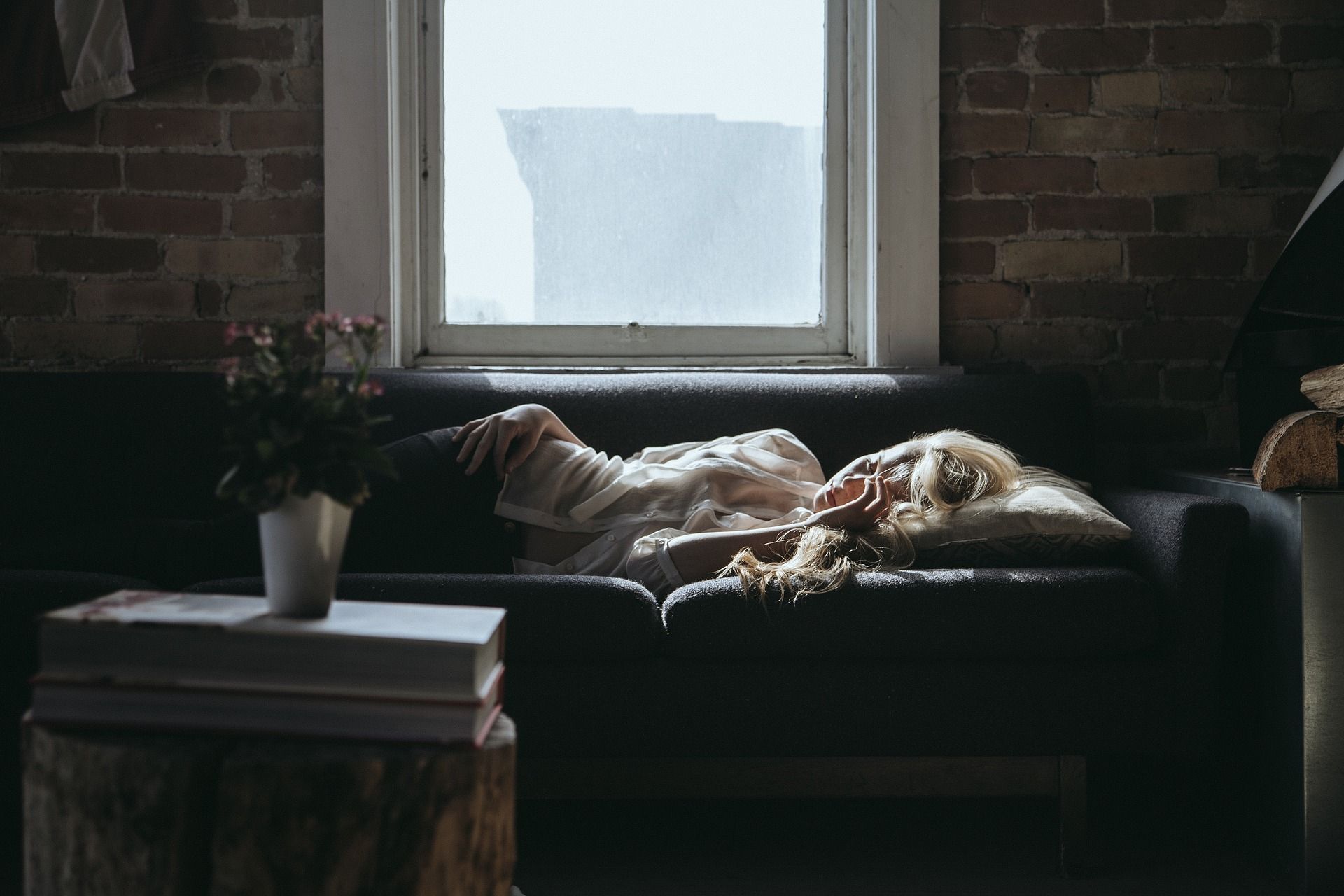
The Art of Napping: Tips for grabbing a quick, refreshing rest
Do you ever feel tired during the day? If you do, you're not alone: just 46% of Britons say they wake up feeling well rested in the morning, according to research by Mintel. And, when we go about our day feeling exhausted, it can be difficult to retain focus and concentration the whole time.
So, what's the solution to this exhausting spiral? Well, it might be worth taking a look at the way young children deal with tiredness: napping.
With a little practice, a quick nap during the day can be a great way to refresh your mind and claw back some of that stolen sleep.
We're going to look at why naps are so helpful, as well as some top tips for mastering the art of the siesta.
Why should I take a nap?
One of the best arguments for making time to nap during the day is that it helps to combat sleep deprivation, which can cause all sorts of long-term issues, including mental health problems. Also, tiredness can cause short-term dangers, including when you're driving or performing a dangerous task at work.
When your brain is suffering from a lack of rest, taking a nap can hit the reset switch and help you preserve your health and well-being through sleep.
If you know that you're going to need to focus and be alert for something, planning a nap can be very beneficial. A NASA study found that a 40-minute rest was enough to improve performance by 34% and alertness by 100%, showing that a quick snooze can transform the way you work.
And, another study at the University of California discovered that people who took 90 minute REM naps — where a full sleep cycle and dreaming is reached — were more creative when it came to problem-solving than those who didn't.
How should I take the perfect nap?

There's an art to taking the perfect nap. With a bit of practice, you should be able to give yourself the best chance of having a snooze that will leave you feeling refreshed and ready to go. Here are a few tips to get you on the right track.
Plan your nap in advance
To make sure you have a nap that's as effective as possible, it's best to plan. This way, you can make sure your schedule is geared towards nap time and you're getting your rest in before the key part of your day.
You can also ensure that you're snoozing at a time of day that won't interfere with your regular night's sleep. A short nap just after lunch — widely known as a siesta — is a popular time, as it's thought that you will be more alert for the late afternoon and evening when you're starting to feel fatigued.
Avoid taking a nap too early, when your body probably isn't ready for more sleep, and don't wait until late, as you're likely to spoil your sleep pattern.
A planned nap can be especially useful if you work irregular hours, such as a night shift. Sleeping for an hour or so before you start your late work can make you feel alert and ready for the evening ahead. Check out The British Medical Journal's guide to optimising sleep for night shifts for more information.
Don't hit that snooze button
Even though we've discussed the benefits of napping, you can have too much of a good thing.
The most beneficial types of nap are those that are short to medium in length, just long enough so that your body doesn't prepare itself for a full night's sleep and spoil your regular sleep pattern.
This makes it important that you set yourself a nap length and stick to it, avoiding any temptation to snooze your alarm.
When planning your nap, think about what you aim to do afterwards, as the length of your sleep can have a different effect on how you feel when you wake up. For instance:
- A 10–20-minute nap: You can boost your energy and alertness without any grogginess.
- A 30-minute nap: You can experience restorative rest, though sleep inertia — the moment when we feel our groggiest upon waking — begins at around this time, so you may need a short recovery period.
- A 60-minute nap: This length of sleep can improve memory and alertness once initial grogginess has worn off. You may need a short waking period to fully recover.
- A 90-minute nap: This is enough time for a full sleep cycle, including REM dreaming, that's able to boost mood, improve memory, and increase creativity. Also avoids sleep inertia, so there won't be much grogginess.
Create the perfect napping environment
It's important to remember that your sleeping environment can affect your sleep quality, Therefore, you'll need to make sure that wherever you'll be taking your nap has the ideal conditions, which may require some preparation.
Firstly, you'll need somewhere comfy to lie down. If you're napping at home regularly, a memory foam mattress or mattress topper can be a worthwhile investment to give you optimal levels of comfort and support.
And, as you're likely to be sleeping during the day when there is more noise and daylight to contend with, you may need to use a sleep mask and earplugs to shut down your senses for the duration of your nap.
Don't forget that the ideal sleep temperature is between 16–18°C, so you may need to adjust your heating, too.
Resting your eyes still helps
Finally, it's worth pointing out that even if you don't manage to drift off in the time you've set aside for your nap, you shouldn't worry. Even just a 10-minute doze where you haven't fully fallen asleep can be beneficial: a 2002 study found that short snoozes were still effective at increasing alertness.
So, even if you're just lying there relaxing with your eyes closed, stick with it and you should feel better.
Take our advice on board and you will be able to start napping like a pro and reaping the benefits. Please feel free to get in touch if you have any questions. For more sleep-related advice, be sure to check out this blog on a regular basis, as well as our advice centre.








Leave a Reply